Episode 29: Co-Regulation (RUAC)
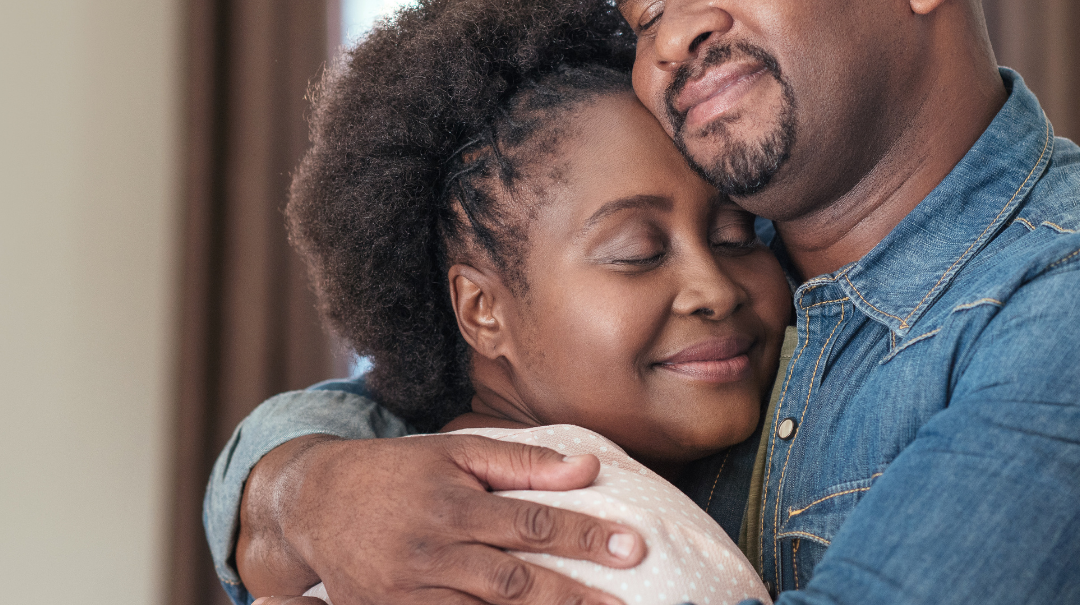
Co-Regulation or Self-Regulation?
To clarify, true ‘self’ regulation is a myth. In actuality, it’s internalized co-regulation. Internalized co-regulation is the evoking of your body’s felt experience of what it feels like to regulate with another
- Self-regulation comes from the desire for a person to be autonomous, have agency, and make it through the day.
- In any moment of dysregulation, you should be able to bring yourself back into regulation.
- However, there are many implications that go unnoticed when self-regulation is expected.
- First, self-regulation undermines the very experience of being a mammal.
- In moments of dysregulation, all of your instincts seek regulation in connection, i.e. soothing from another mammalian being.
- Instead, requiring someone to self-regulate is like saying “no, put that away, you should go take care of it on your own.”
- Second, once dysregulation goes up, our executive functioning goes down.
- Thus, our utilization of “adaptive skills” becomes more difficult.
- Therefore, to require self-regulation is biologically disrespectful.
- This is because you’re meeting them at a place where they’re without the resources to carry on in a regulated place, which is the very reason they would need “self-regulation.”
- If this individual does not have an internalized representation of co-regulation, they’ll instead need to form a strategy to self-regulate
- This is where we start to see people leaning towards specific behaviors and/or substances.
Co-Regulation in Western Culture.
“You can’t know how to let someone love you until you can love yourself.” The need to have high self esteem before being able to do anything else. Pull yourself up by your bootstraps. Be a strong independent woman, don’t need anyone.“
- We live in environments that mirror our internal world in many ways
- One of those ways is the reciprocal relationship with our coping skills
- For example, if your strategy is to self-regulate, likely your environment has perpetuated and promoted that
- Then to now go back into that community and ask for co-regulation, you’re probably going to get a lot of funny faces, and potentially shame filled remarks.
- This then reconditions self-regulation strategies.
- Importantly, attempts to “self-regulate” through external means are always temporary
- While it may help in the moment, the need for connection and validation continues to exist.
- This is one of the hardest things to do in the healing journey, because clients are often in relationships that are unsafe for co-regulation.
Examples
When we’re looking at what co-regulation has to offer, it is going to be that reparative healing experience. Whereas “self-regulation” is going to be the bandage.
- Jen with her eldest daughter (22:35)
- Jen with her son (27:29)
- Bridger with Olivia (33:04)
Summary
- Take time to pay attention to how you’re feeling at any given moment
- Don’t jump to the cognitive explanation or try to make sense of it, just notice.
- Notice how you’re feeling physically and emotionally.
- Then, move to a place of understanding.
- When we recognize and name what is going on in our body, mind, and spirit we can move to a place of understanding.
- Then, communicate with yourself about the needs you have to be in alignment with yourself.
- Name, recognize, and understand the feelings you have.
- Finally, take it into your interpersonal world and co-regulate
- Therapy is a good place to explore this type of relationship.
Need more content?
- First, listen to our past episodes of BT here
- Then, check out more Beyond Healing podcasts
- Evidence Based Therapist – research articles related to therapeutic topics
- Notice That, an EMDR podcast
- Burnt Out Educator (coming soon!)
Resource Links
- Don’t forget to visit our website for all things BHC
- Additionally, consider giving your support and gain access to exclusive content through Patreon
- Interested in healing with BHC? Contact us about retreats and therapy
- Lastly, contact us about training and consultation
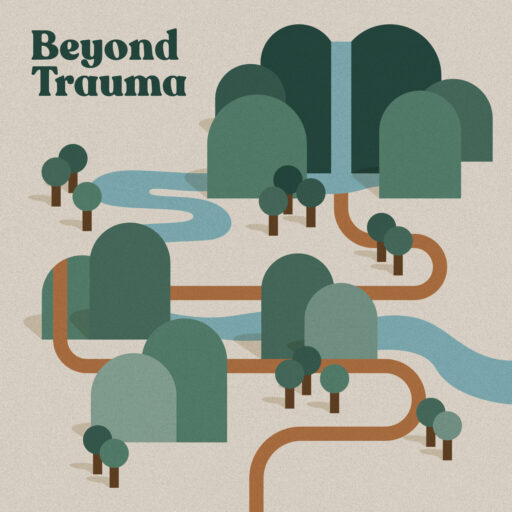
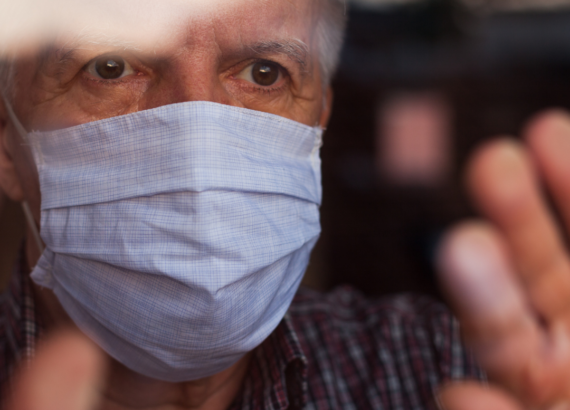
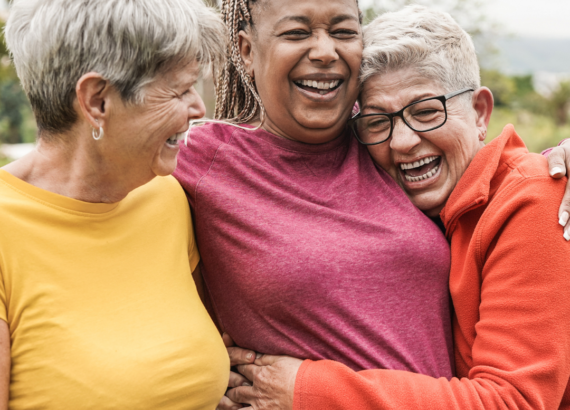
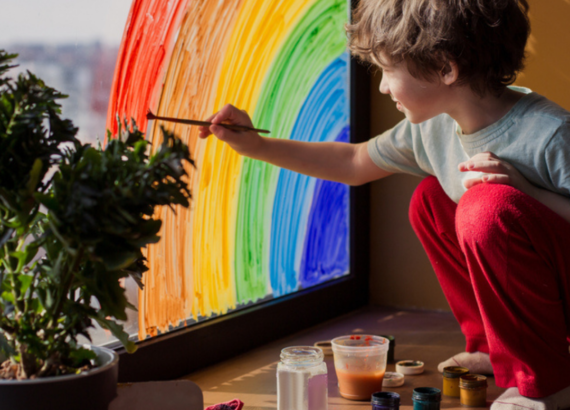
No Comments